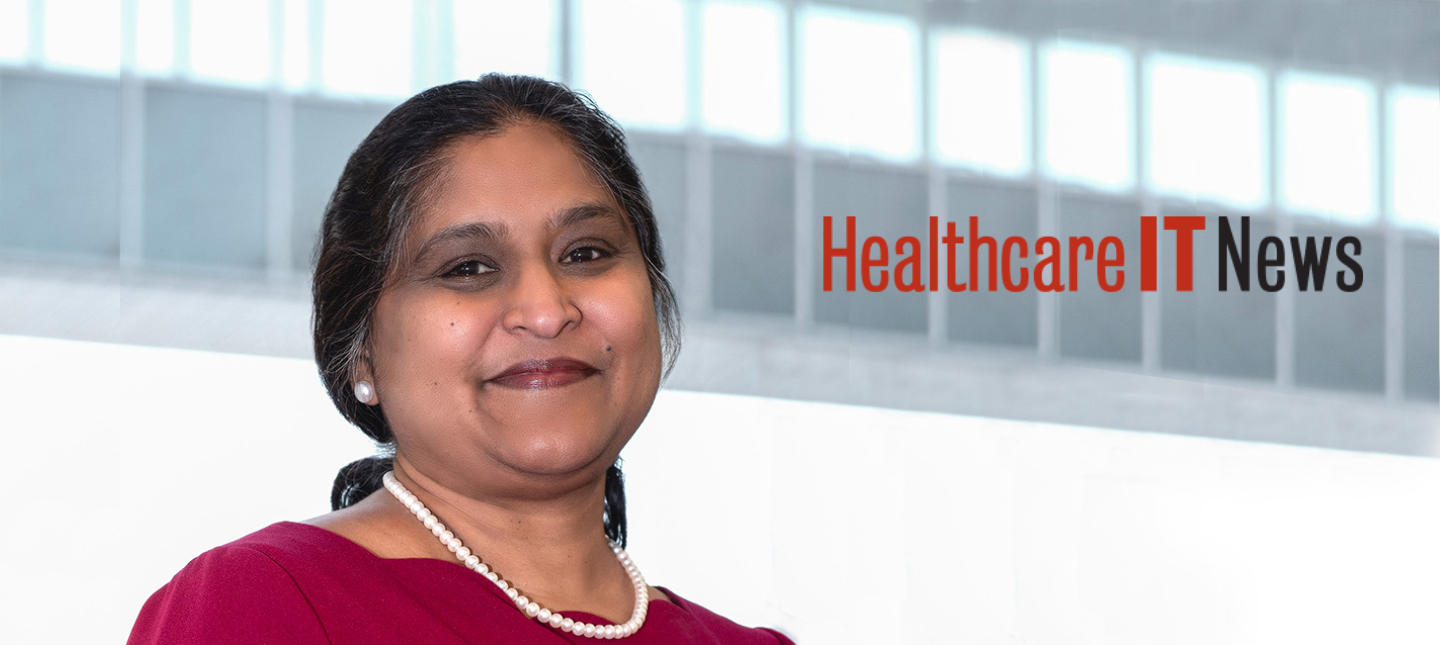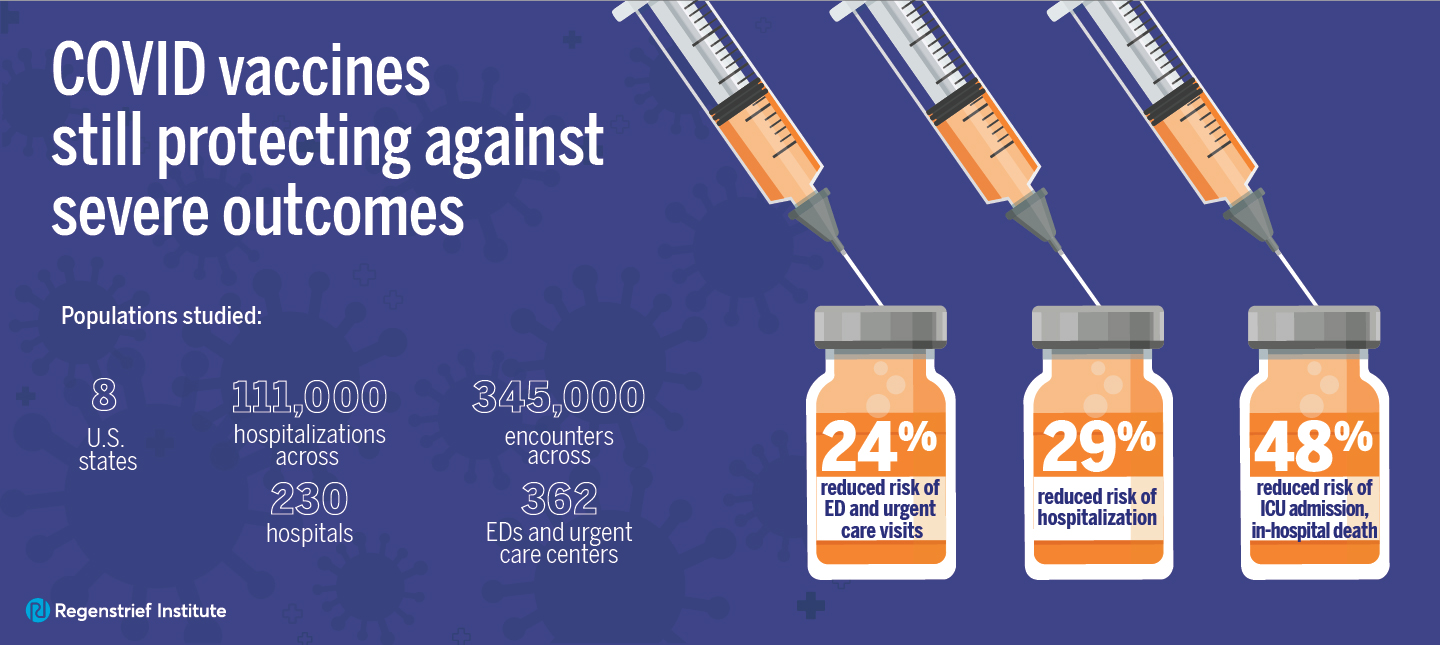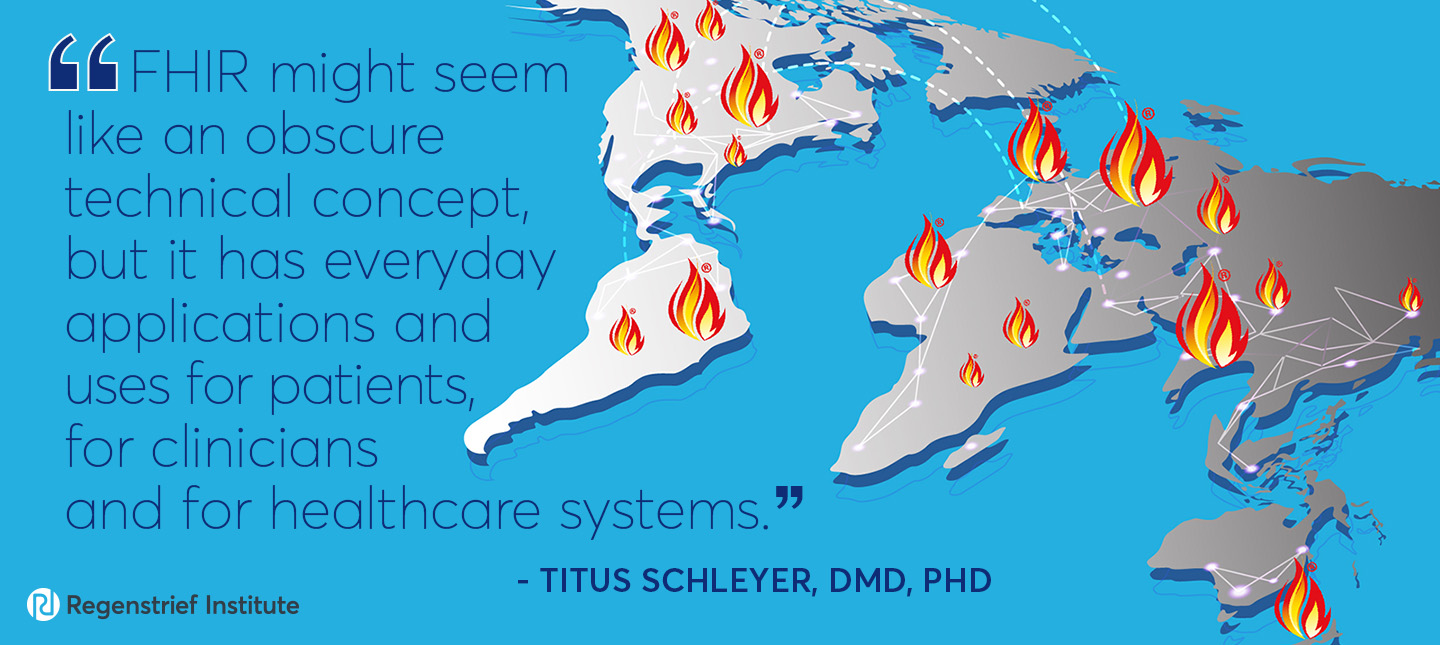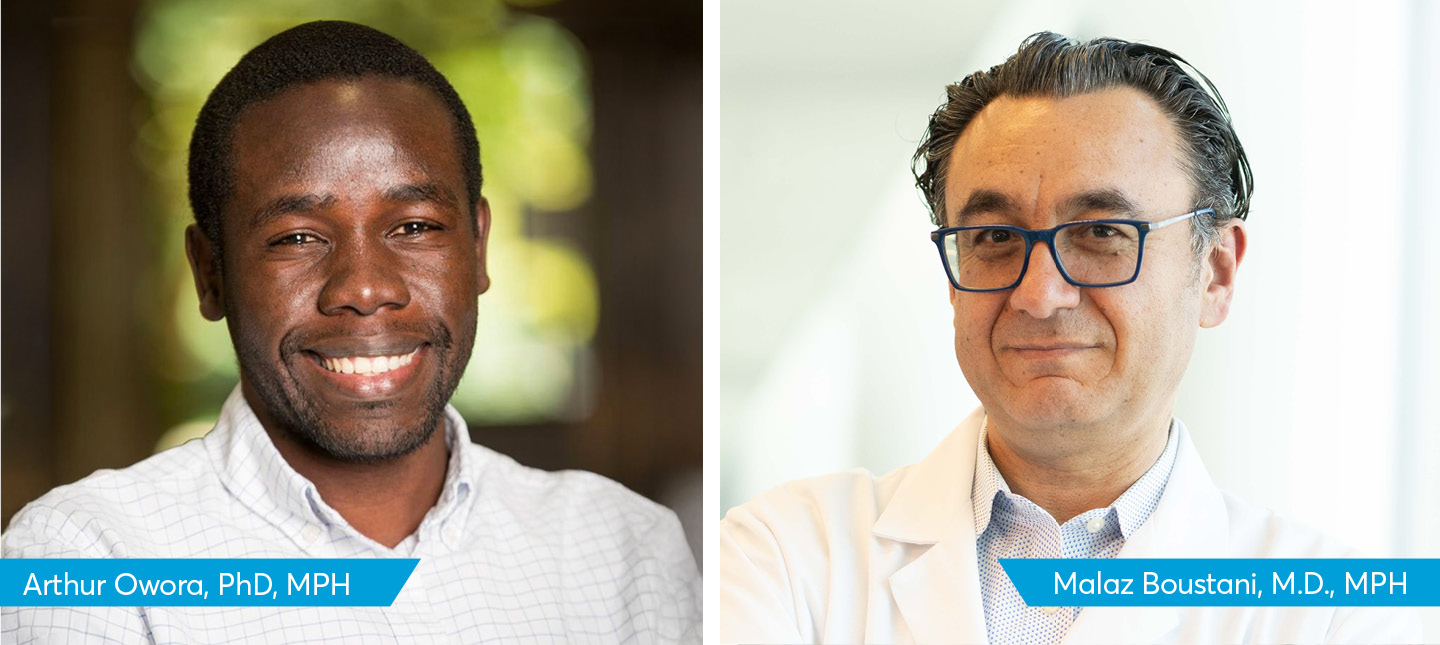Global interoperability standard enables flow of health information
A new study led by Regenstrief Institute Research Scientist Titus K. Schleyer, DMD, PhD, is among the first to survey the current landscape of FHIR® apps, providing a snapshot of how the innovative standard is used to enable the flow of health information. FHIR apps can pull in data from most electronic health record systems, facilitating secure movement of information when and where needed.
FHIR, pronounced ‘fire’ and short for Fast Healthcare Interoperability Resources, standardizes how healthcare information is exchanged between different computer systems regardless of how it is stored in these systems. FHIR apps consume information through the FHIR interface. The global interoperability standard can be used for exchanging health data between physicians and patients, as well as among clinicians and healthcare systems.
“FHIR might seem like an obscure technical concept, but it has everyday applications and uses for patients, for clinicians and for healthcare systems. It makes health information more accessible, not just among clinicians, but also clinicians and patients,” said Dr. Schleyer. “In fact, the core asset of many FHIR apps is to take information out of an electronic health record and do useful things with it, such as identify trends, provide clinical decision support or handle a niche area not covered by a commercial electronic medical record system.”
“Publication of this broadly collaborative work represents a critical step in emphasizing the important global effort toward the implementation of HL7 FHIR,” explained Charles Jaffe, M.D., PhD, a co-author on this study. “As the adoption of FHIR for patient care and research becomes more ubiquitous, we look to this platform as an important resource for the expanding community of end-users as well as technical implementers.” Dr. Jaffe is chief executive officer of HL7.
The new study, published in JAMIA Open, notes the rapid development and adoption of free and easy-to-use FHIR apps over less than a decade and forecasts accelerated development and use of these apps in the future.
To assess the landscape of FHIR apps, 112 were studied. A total of 74 were focused on clinical care and 45 on research. The majority were standalone and web-based with a smaller number embedded within an electronic health record. Most of the clinical apps were implemented across multiple healthcare settings, highlighting, according to the authors, the easily substitutable nature of FHIR. Most apps were developed by software vendors and were targeted at health professionals, rather than patients.
“When we talk about FHIR, we are talking about an innovative way to securely share health information from different information systems,” said Dr. Schleyer. “You can think of FHIR as a ‘plug and play’ standard, very similar to the electrical plug used in your home. When we plug a device into an outlet, electricity flows and then the TV or other device comes to life without us having to worry about what the plug does. It’s the same with FHIR. Information across systems can be accessed using this innovative standard.”
In the U.S., patient-facing FHIR apps are a requirement for electronic health record certification in accordance with the 21st Century Cures Act. In 2023, the Centers for Medicare and Medicaid Services (CMS) will begin requiring payers to implement FHIR apps for various use cases. The European Union’s InteropEHRate and India’s Digital Health Blueprint focus on implementing FHIR-based personal health records and data sharing with providers. New Zealand’s Ministry of Health and the United Kingdom’s National Health Service provide access to national patient identifier systems using FHIR.
Authors of “Clinical, technical, and implementation characteristics of real-world health applications using FHIR,” are Ashley C. Griffin, PhD, Veterans Affairs Palo Alto Health Care System, Stanford University School of Medicine; Lu He, B.S., University of California, Irvine; Anthony P. Sunjaya, PhD, The George Institute for Global Health, Sydney, Australia; Andrew J. King, PhD, M.S., University of Pittsburgh; Zubin Khan, PhD, University of the Cumberlands; Martin Nwadiugwu, PhD, M.S., Tulane University School of Medicine; Brian Douthit, PhD, RN-BC, Veterans Affairs Tennessee Valley Health Care System, Vanderbilt University; Vignesh Subbian, PhD, M.S., University of Arizona; Viet Nguyen, M.D., Health Level Seven International; Mark Braunstein, M.D., Georgia Institute of Technology; Charles Jaffe, M.D., PhD, Health Level Seven International; and Titus Schleyer, DMD, PhD, Regenstrief Institute, Indiana University School of Medicine. The researchers were supported by multiple federal awards and other sources.
About Titus K. Schleyer, DMD, PhD
In addition to his role as a Regenstrief Institute research scientist and professor of medicine at Indiana University School of Medicine, Titus K. Schleyer, DMD, PhD co-directs the Regenstrief Institute-IU Richard M. Fairbanks School of Public Health public and population health informatics fellowship program. He is also the program director for learning health informatics at Regenstrief and leads the Indiana Learning Health System Initiative.
About Regenstrief Institute
Founded in 1969 in Indianapolis, the Regenstrief Institute is a local, national and global leader dedicated to a world where better information empowers people to end disease and realize true health. A key research partner to Indiana University, Regenstrief and its research scientists are responsible for a growing number of major healthcare innovations and studies. Examples range from the development of global health information technology standards that enable the use and interoperability of electronic health records to improving patient-physician communications, to creating models of care that inform practice and improve the lives of patients around the globe.
Sam Regenstrief, a nationally successful entrepreneur from Connersville, Indiana, founded the institute with the goal of making healthcare more efficient and accessible for everyone. His vision continues to guide the institute’s research mission.
About IU School of Medicine
IU School of Medicine is the largest medical school in the U.S. and is annually ranked among the top medical schools in the nation by U.S. News & World Report. The school offers high-quality medical education, access to leading medical research and rich campus life in nine Indiana cities, including rural and urban locations consistently recognized for livability.









